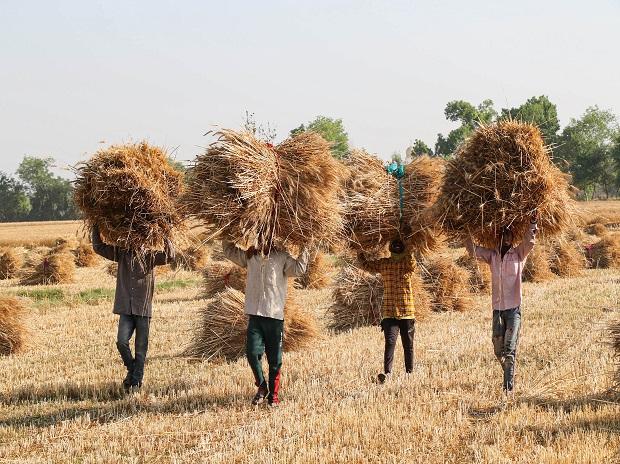[ad_1]
Only 0.4 per cent of the tenant farmers in Telangana received a share of the much-vaunted Rythu Bandhu income support of the state government from the landlords, while just one per cent were compensated for crop damage. This, despite 77 per cent suffering some sort of damage during the past three years, a recent study has found.
The study, an exhaustive insight into the plight of tenant farmers, was conducted by grassroots organisation Rythu Swarajya Vedika.
Though the study released today concentrated largely on Telangana, it throws some light on the status of tenant farmers in India in general.
According to the National Statistical Office’s (NSO) ‘Situation Assessment of Agricultural Households’ survey for 2018-19, about 17.3 per cent out of the total estimated 101.98 million operational holdings (farms) across rural India were on leased land.
Rythu Swarajya Vedika’s report, meanwhile, was prepared after an extensive door-to-door survey of over 7,744 farmers across 34 villages in 20 districts of Telangana.
Of those surveyed, around 2,753 cultivators were tenant farmers working on leased land.
The report found that the projected number of tenant farmers in Telangana is almost 2.2 million, or twice the projections made by the NSSO in its last report.
The average debt due to cultivation for a tenant farmer of the state is about Rs 2.7 lakh, of which 75 per cent is from private moneylenders at interest rates as high as 24-60 per cent, the study showed.
The study also found that only five per cent of the tenant farmers had received a loan eligibility card under the 2011 Licensed Cultivators Act of the state government and just 44 per cent could sell their crops at MSP, since procurement is tied to land ownership as in most other places.
The study found an overwhelming 61 per cent of tenant farmers were from backward castes, 22.9 per cent from scheduled castes. About 9.7 per cent were scheduled tribes and the rest came from other castes and minorities.
[ad_2]
Source link




